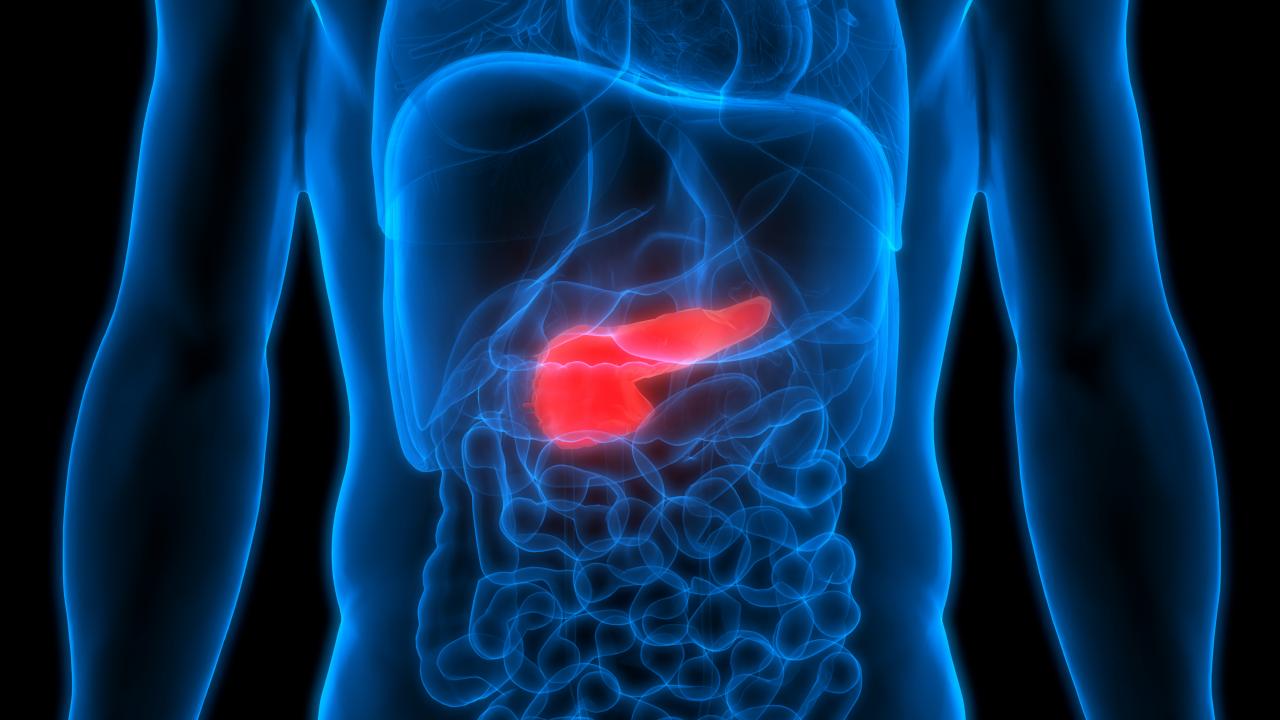A drug candidate discovered and developed decades ago in the laboratory of UC Davis distinguished professor Bruce Hammock may help control the body’s raging and often deadly inflammatory response to chemotherapy treatments, especially for pancreatic and liver cancer patients.
The research team, based in the laboratories of Dipak Panigrahy at Harvard Medical School and Hammock, announced the findings in Proceedings of the National Academy of Sciences (PNAS) this week.
Working in rodent models of liver and pancreatic cancer, they found that they could use a combination of two drugs to reduce inflammation following chemotherapy. Inflammation associated with debris from dying tumor cells can trigger metastasis, the spread of cancer throughout the body.
“We discovered that we can reduce or clear the chemotherapy-generated inflammation by inhibiting or blocking the enzyme, soluble epoxide hydrolase (sEH), and the EP4 prostaglandin receptor,” said co-senior author Hammock, who holds a joint appointment with the UC Davis Department of Entomology and Nematology and Comprehensive Cancer Center.
“Basically, when we blocked both the sEH and EP4 eicosanoid pathways, the compounds worked together, preventing pancreas and liver cancer metastasis by stimulating the clearance of debris from prior cancer treatment,” said Panigrahy, a physician-researcher with the Israel Deaconess Medical Center, Harvard School of Medicine.
The EP4 antagonist INV-1120 is currently in a phase I clinical trial in the U.S., said coauthor Yongkui Sun, chairman of Ionova Life Science, a biotechnology company in China that translates basic biomedical research discoveries into novel therapeutics for cancer.
Controlling inflammation upstream
In the preclinical animal model, INV-1120 demonstrated synergy with anti-PD-1, the sEH inhibitor, in fighting cancers such as pancreatic and liver cancers, Sun said.
The sEH and EP4 proteins play an important role in promoting inflammation. Hammock discovered the sEH pathway decades ago while researching metamorphosis in butterflies. The sEH pathway turned out to be important in both pain and inflammation in humans. Hammock founded the UC Davis-based EicOsis Human Health LLC to bring the sEH inhibitor to human clinical trials, now underway in Texas.
“Controlling the body’s inflammatory response to chemotherapy will likely be important to prevent metastasis,” Hammock said. “It hit me that what we really need to do is not so much block cytokines as to move upstream to modulate them and resolve them rather just block inflammation.”
Combining drugs to block the sEH and EP4 pathways is a novel approach to turning down the inflammation and preventing the cytokine storm caused by chemotherapy and even tumor resection, the authors said.
Additional coauthors are: Jun Yang and Sung Hee Hwang, UC Davis; Jianjun Deng, Haixia Yang, Victoria M. Haak, Franciele C. Kipper, Chantal Barksdale, Allison Gartung and Diane R. Bielenberg, Harvard Medical School; Selvakumar Subbian, Rutgers University; Koc-Kan Ho and Xiang Ye, Ionova Life Sciences, Shenzhen, China; and Daidi Fan, Northwest University, Xi’an, China.
The research was supported by grants to Hammock from the NIH and to Panigrahy from Credit Unions Kids at Heart, the Joe Andruzzi Foundation and the C.J. Buckley Pediatric Brain Tumor Fund.
Media Resources
Eicosanoid regulation of debris-stimulated metastasis (PNAS)
Kathy Keatley Garvey is a writer with the UC Davis Department of Entomology and Nematology.
